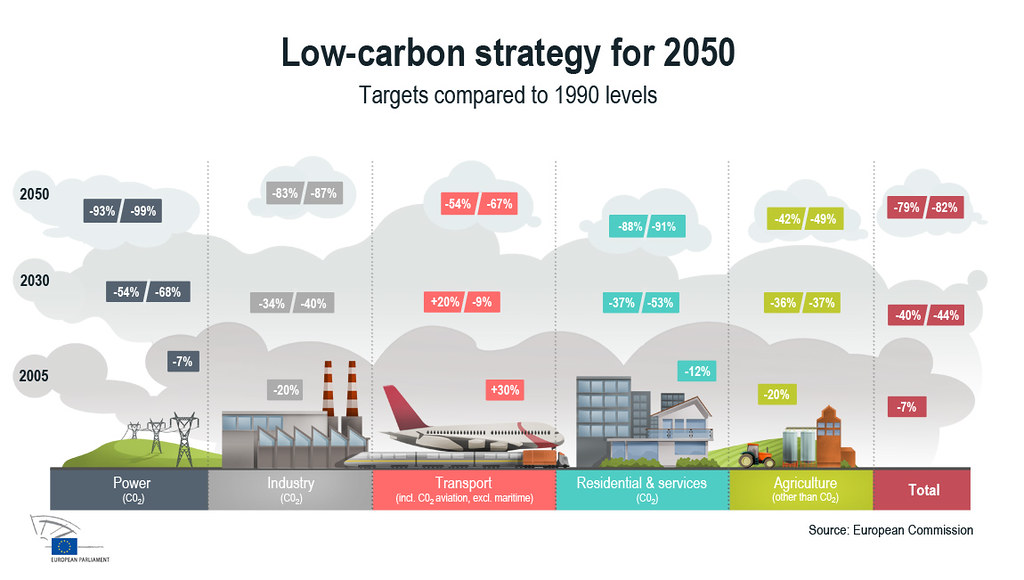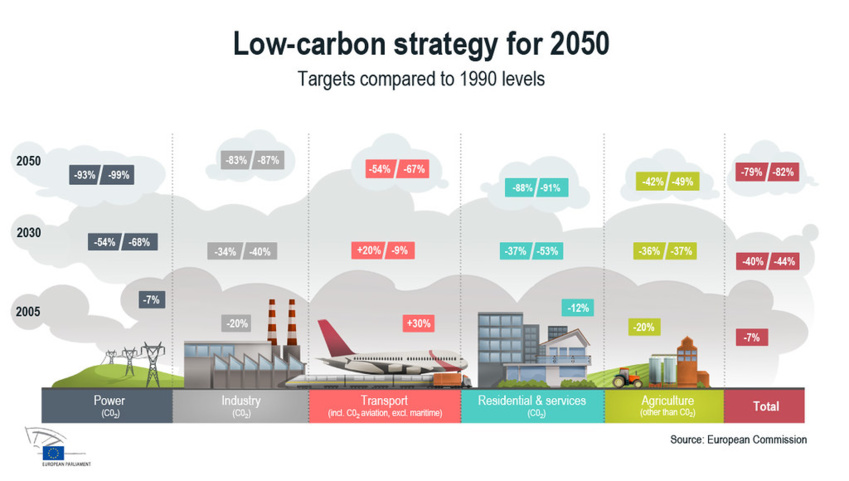Scope 3 carbon emissions, constituting the bulk of an organization’s greenhouse gas (GHG) output, stem from indirect activities within its supply chain. Despite being beyond direct control, there's a misconception that little can be done to address these emissions. I hold a different perspective.
While tackling Scope 3 emissions may pose greater challenges compared to Scopes 1 and 2, there are numerous avenues for companies to reduce them. The Greenhouse Gas Protocol by the World Resource Institute categorizes Scope 3 into 15 segments, encompassing upstream and downstream activities such as purchased goods and services, operational waste, employee commuting, and product processing. Given the varied relevance of these categories to different organizations, the initial step is establishing a baseline.
Start by gathering data related to Scope 3 activities across relevant categories and determining suitable emission factors. Once the baseline is established, craft an action plan delineating areas for improvement and implementation strategies. Continuously refine calculation methodologies, prioritizing primary data sources whenever feasible.
Rethinking manufacturing processes and logistics decisions is crucial, leading to changes in raw material sourcing and product packaging. Here are some practical steps:
While tackling Scope 3 emissions may pose greater challenges compared to Scopes 1 and 2, there are numerous avenues for companies to reduce them. The Greenhouse Gas Protocol by the World Resource Institute categorizes Scope 3 into 15 segments, encompassing upstream and downstream activities such as purchased goods and services, operational waste, employee commuting, and product processing. Given the varied relevance of these categories to different organizations, the initial step is establishing a baseline.
Start by gathering data related to Scope 3 activities across relevant categories and determining suitable emission factors. Once the baseline is established, craft an action plan delineating areas for improvement and implementation strategies. Continuously refine calculation methodologies, prioritizing primary data sources whenever feasible.
Rethinking manufacturing processes and logistics decisions is crucial, leading to changes in raw material sourcing and product packaging. Here are some practical steps:
- Collaborate with suppliers: Foster active engagement and alignment on sustainability goals, setting clear expectations and joint targets. A well-defined strategy renders emission reductions measurable and achievable, thereby reflecting positively in Scope 3 accounting.
- Promote energy management and renewable energy adoption among suppliers: Share best practices and offer guidance to suppliers lacking a starting point. By managing energy consumption and transitioning to renewable sources, suppliers mitigate risks associated with fossil fuel price volatility and potentially achieve energy independence.
Off-site agreements like green tariffs or direct power purchase agreements offer viable options for those with significant energy needs or limited onsite space. Supporting the establishment of new renewable energy capacity, known as "additionality," is widely regarded as a best practice, fostering further growth in renewable energy markets.
Opt for logistics and transportation partners committed to reducing carbon emissions. This entails reassessing logistics routes to optimize material movements and favoring ground or sea transportation over air freight whenever feasible. When air freight is unavoidable, discuss low-carbon alternatives with partners and explore the use of sustainable aviation fuels. Engaging in these conversations sends a clear market signal of interest in environmentally friendly options.
Streamlining logistics processes can lead to a reduction in Scope 3.4 and 3.9 emissions (upstream and downstream transportation and distribution), which often constitute a substantial portion of a company's carbon footprint.
Address product design and manufacturing practices. Investigate opportunities to enhance processes and products for greater sustainability. Internally, emphasize understanding the interconnectedness between product design and manufacturing, recognizing how design modifications can impact various Scope 3 emission categories.
Adopt a lifecycle approach to design, prioritizing sustainability. Businesses can transition towards circular economy principles by exploring product-as-a-service models, reducing overall demand, and fostering a more resource-efficient economy.
In manufacturing, explore the viability of sustainable raw materials. For instance, companies using solvents could consider integrating bio-based alternatives, which typically have lower Scope 3.1 emissions compared to petroleum-based counterparts.
These efforts may lead to the development of more sustainable end products incorporating recycled or renewable raw materials (Scope 3.1), requiring less energy during use (Scope 3.11), facilitating easier recycling at the end of their life (Scope 3.12), reducing energy consumption during manufacturing (Scope 1, 2, and 3.3), or minimizing waste in manufacturing (Scope 3.5).
Reevaluate packaging strategies. Packaging impacts Scope 3.1 (purchased goods and services) and Scope 3.12 (end of life) emissions and can be designed to minimize its upstream and downstream environmental impacts.
Explore options to optimize packaging size, including innovative designs like refillable or reusable packaging. Consider switching to packaging with recycled content and reducing the use of plastics containing harmful chemicals. Clearly communicate recycling guidance to customers to facilitate proper disposal.
Promote changes in employee behavior. In addition to strategic initiatives, modifying the daily habits of your employees can significantly influence Scope 3.6 (business travel) and 3.7 (employee commuting) emissions. Explore remote work possibilities, normalize virtual meetings, and enhance their engagement. Look into installing on-site electric vehicle charging stations, incentivizing the ownership of electric vehicles, and providing bus or train passes to commuters.
When devising strategies to minimize Scope 3 emissions, it's essential to examine both internal and external factors within your organization. Every small effort counts — instigating change can begin at either a micro or macro level. Actions such as aligning your product development roadmap with the United Nations’ Sustainable Development Goals (SDGs) or actively collaborating with suppliers are excellent starting points.
Remember to establish your baseline, pinpoint decarbonization opportunities, and set targets to actualize your ambitions. Encourage your team and suppliers to challenge existing practices and assess the interconnectedness within the supply chain concerning product design, manufacturing, and packaging.
Reducing Scope 3 emissions is a long-term endeavor. While immediate progress is desirable, substantial emission reductions require time. Whether through supplier collaboration, product design optimization, or packaging reconsideration, you have numerous avenues to commence your journey toward reducing your Scope 3 footprint.


 Reducing Scope 3 Emissions: Strategies for Employee Engagement and Sustainable Practices
Reducing Scope 3 Emissions: Strategies for Employee Engagement and Sustainable Practices





 Companies
Companies